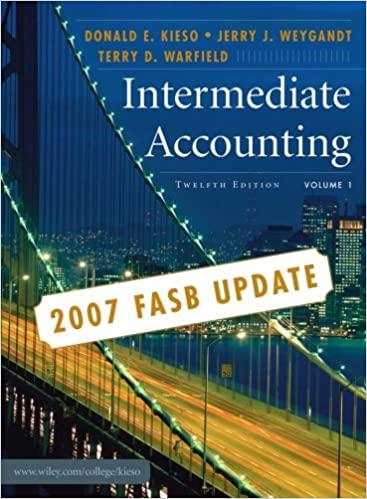Answered step by step
Verified Expert Solution
Question
1 Approved Answer
The company that I created is called Hitched, a wedding planning sole proprietorship. I am having trouble coming up with the fictional accounts I would
The company that I created is called Hitched, a wedding planning sole proprietorship. I am having trouble coming up with the fictional accounts I would need. Parts 1, 2, and 3 I need help with.
** For part 3: A product I could sell is a standardized wedding package at $18,000 USD. The three inventory methods in the competency are FIFO, LIFO, and Weighted Average. 

Step by Step Solution
There are 3 Steps involved in it
Step: 1

Get Instant Access to Expert-Tailored Solutions
See step-by-step solutions with expert insights and AI powered tools for academic success
Step: 2

Step: 3

Ace Your Homework with AI
Get the answers you need in no time with our AI-driven, step-by-step assistance
Get Started


